The Old Dominion’s leaders remained anxious about the frontier as Indian tensions persisted. John Connolly, once the leading political and military figure at Fort Pitt, had been exposed as a scheming Loyalist. The dispute between Virginia and Pennsylvania faded when the two states’ Congressional delegations sent a joint letter to local leaders urging that “for the defence of the liberties of America” the territorial dispute be put on hold. Among the signers were Patrick Henry, Thomas Jefferson, and Benjamin Franklin. The appeal was heeded, though imperfectly. Since the 1775 independent companies’ one-year enlistments were coming to an end in September, the Convention ordered (in language indicative of the transition of government) that “four hundred men be employed for the defense of the north and north-western frontiers . . . two hundred at Point Pleasant, fifty at the mouth of Little Kanawha, fifty at the mouth of Wheeling, and one hundred at Fort Pitt, for so long as the committee of safety, or others having the executive powers of government during the recess of the legislature, shall judge them necessary.” The five new companies formed in the fall. Before long they were reassigned to Continental service, but not everyone was willing to go. ...click here to read part one of this series.More from The 8th Virginia Regiment
1 Comment
Largely forgotten are the colony’s independent provincial companies that were created at the same time to handle the western threats. They are often misidentified as militia and are glossed over in most histories, which reflects their short existence and the limited information in the surviving record. Just three of the companies are listed in E.M. Sanchez-Saavedra’s A Guide to Virginia Military Organizations in the American Revolution, 1774-1783. Another standard reference, Robert K. Wright’s The Continental Army, correctly notes that there were actually five original companies but provides little additional detail. ...click here to read part two of this series.More from The 8th Virginia Regiment...read Part Two of this series.
Lord de la Warr’s name appears frequently in Mr. Sterner’s story. His name was given to the Delaware River, which in turn lent its name to the Lenape people who have long been known to English speakers as the Delaware Tribe. Mr. Sterner has provided the definitive account of the worst atrocity of the Revolutionary War. In 1782 more than eighty white settlers clubbed, killed, and scalped ninety-six peaceful, Christian Indians as they prayed and sang hymns. The attack on the Moravian mission town of Gnadenhutten (Ohio) was intended as both a punitive and preemptive strike, conducted by settlers whose families and farms had been targeted by other Indians acting as proxies of the British. It is a horrific story that has defied understanding until now. ...continue to Emerging Revolutionary War Era. More from The 8th Virginia Regiment |
Gabriel Nevilleis researching the history of the Revolutionary War's 8th Virginia Regiment. Its ten companies formed near the frontier, from the Cumberland Gap to Pittsburgh. Categories
All
Archives
June 2024
© 2015-2022 Gabriel Neville
|
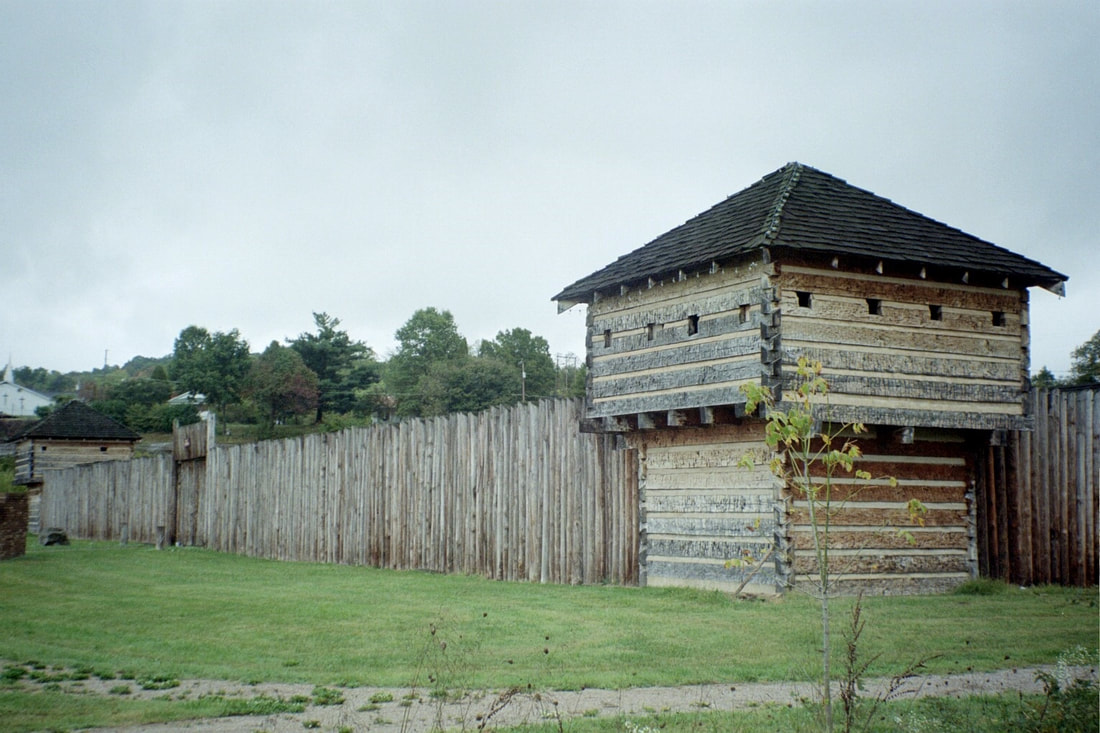

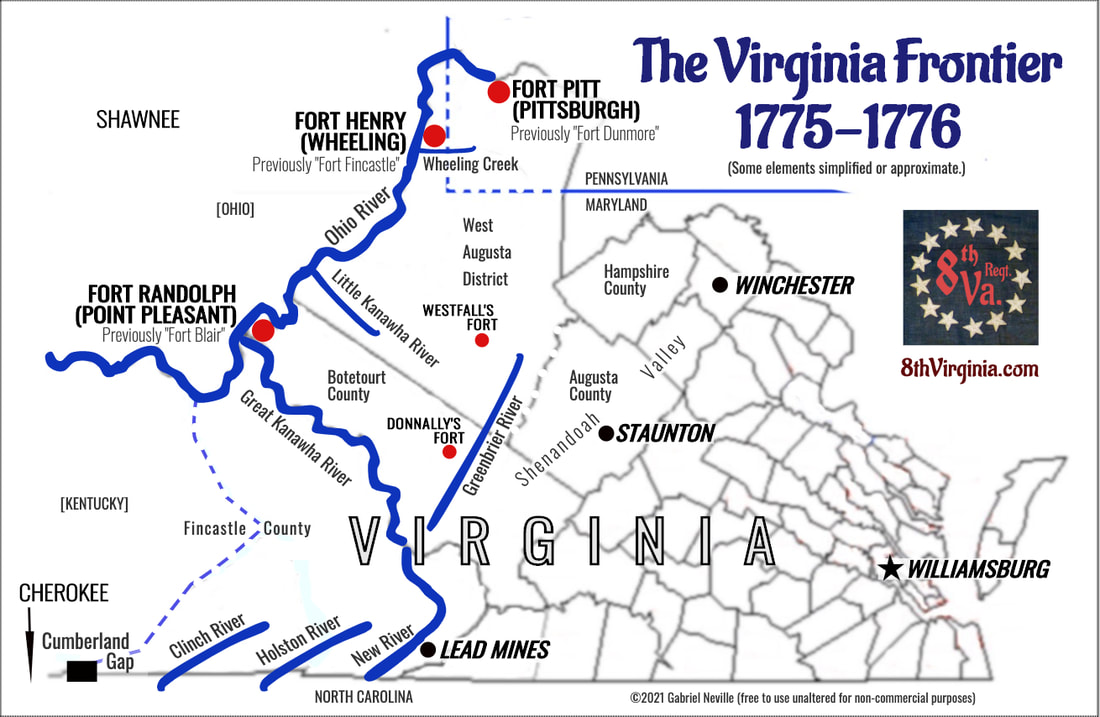
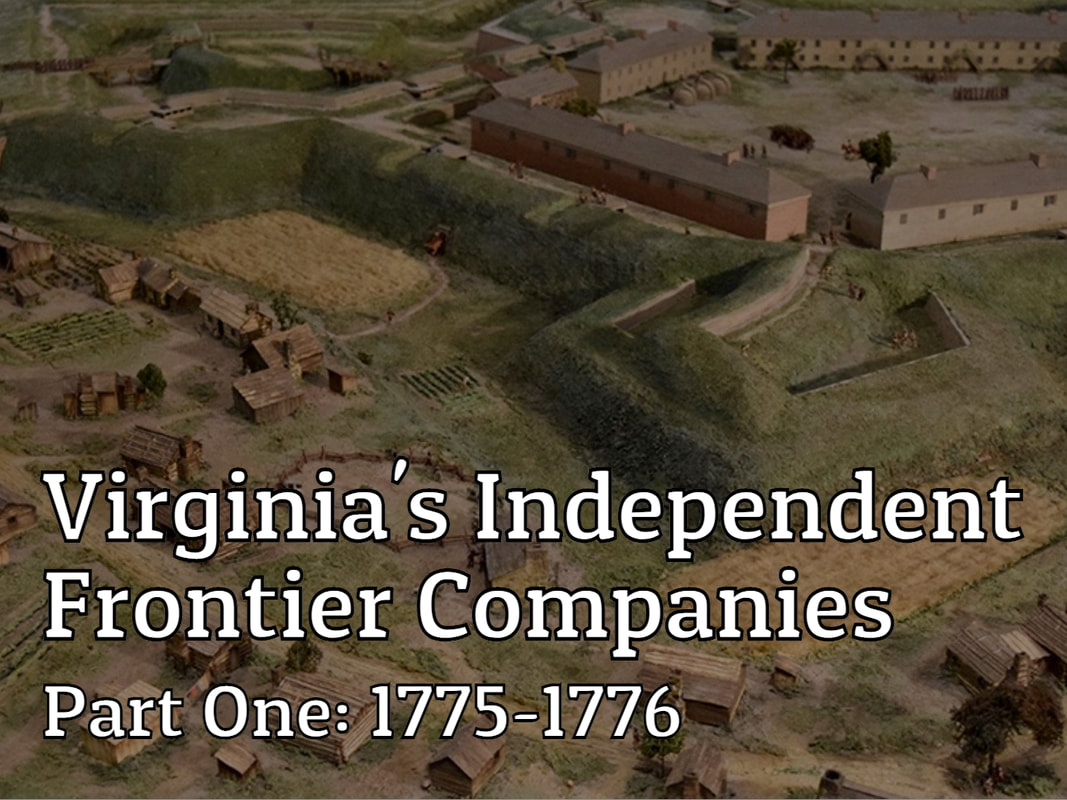
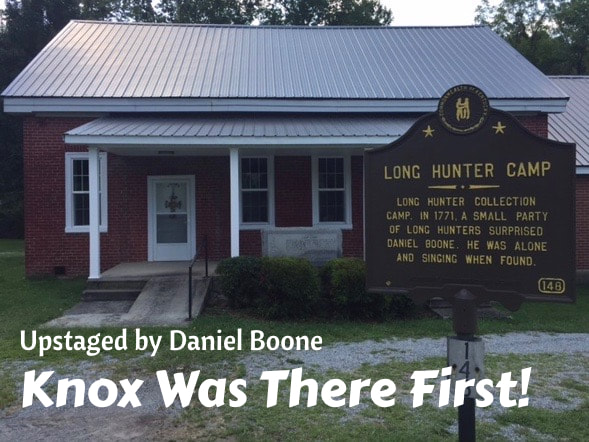

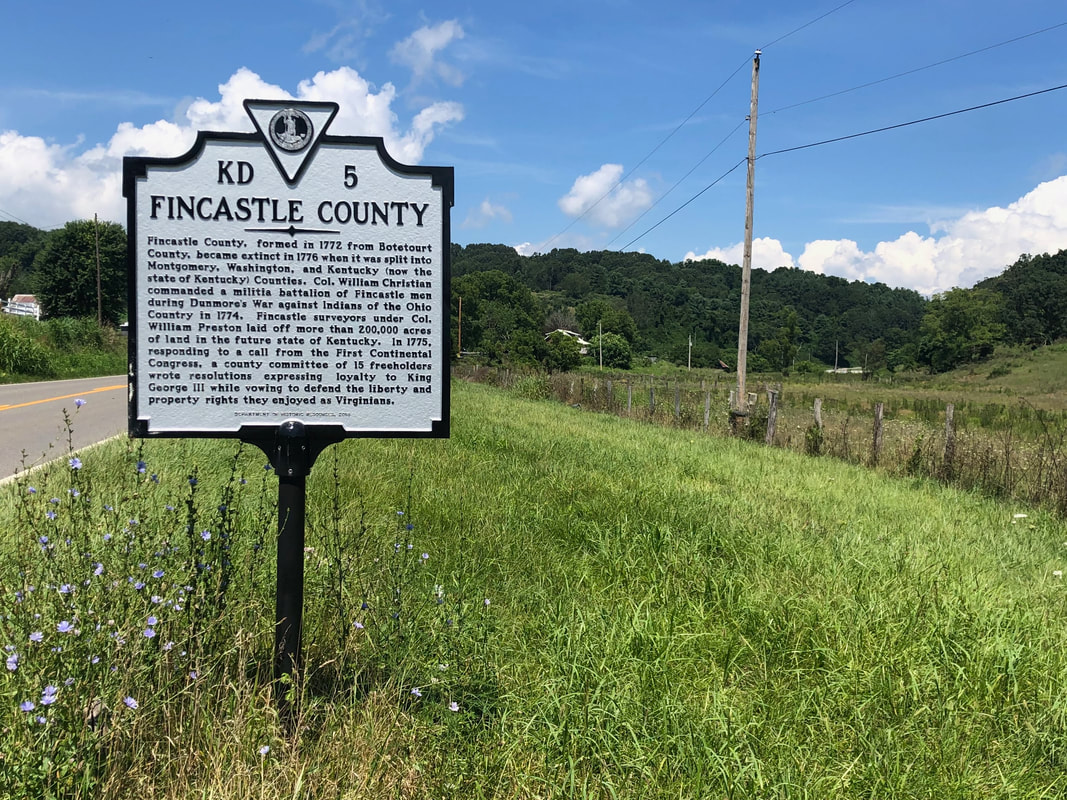

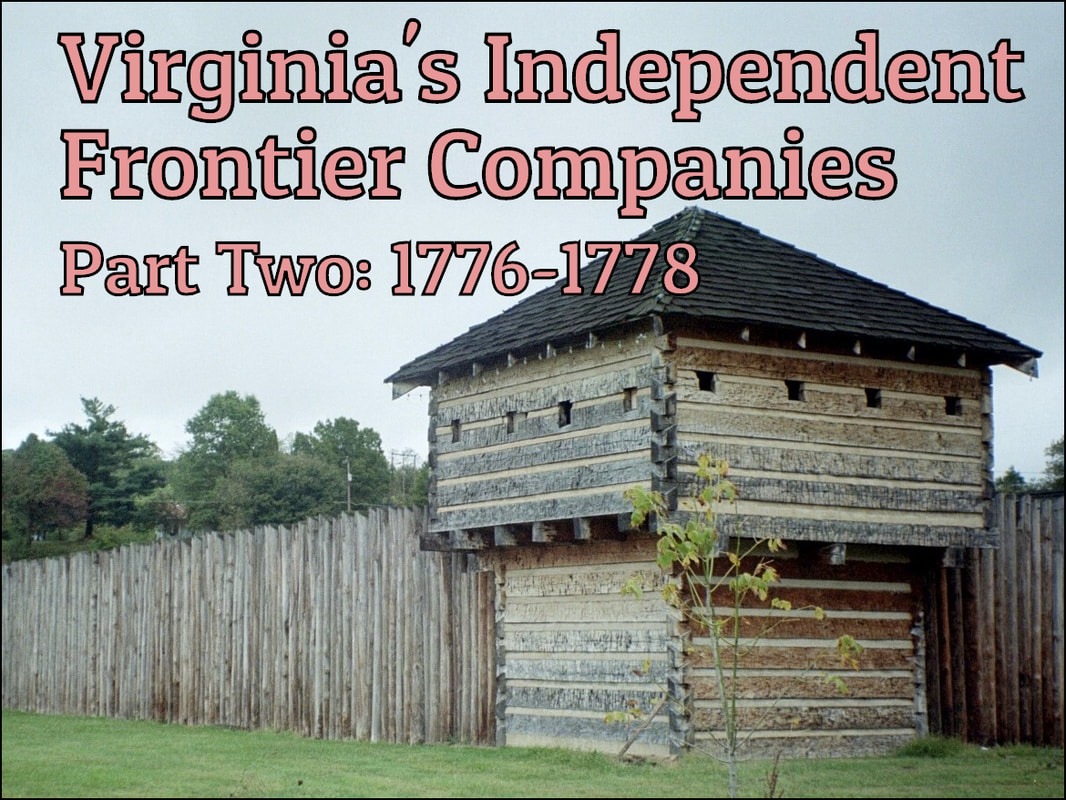

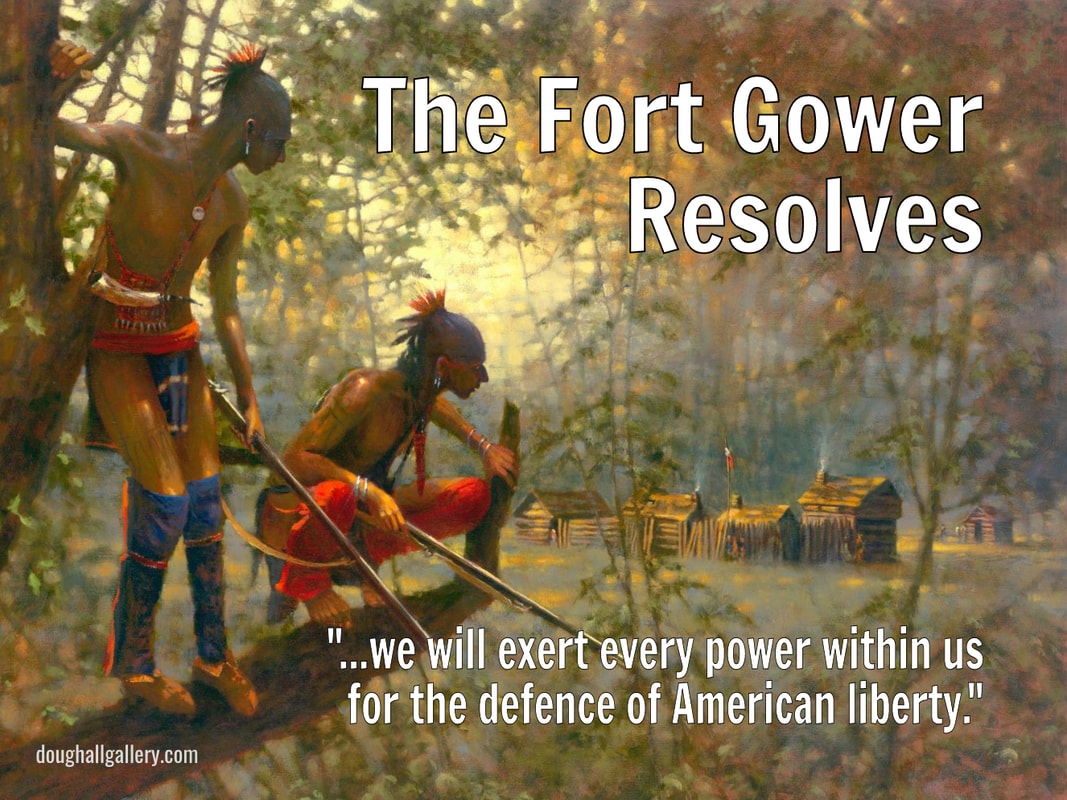





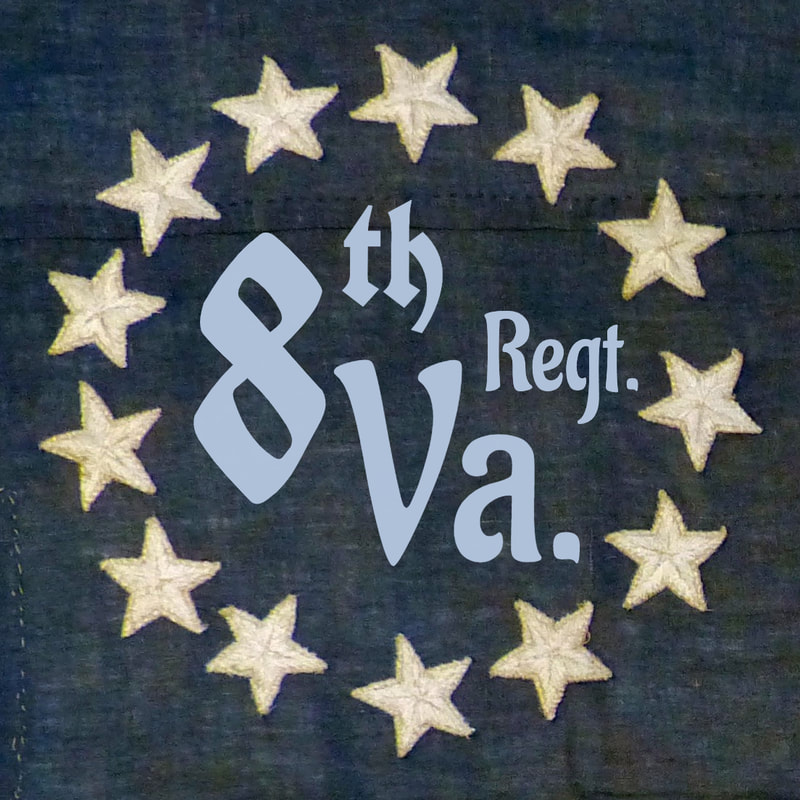
 RSS Feed
RSS Feed